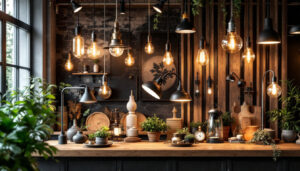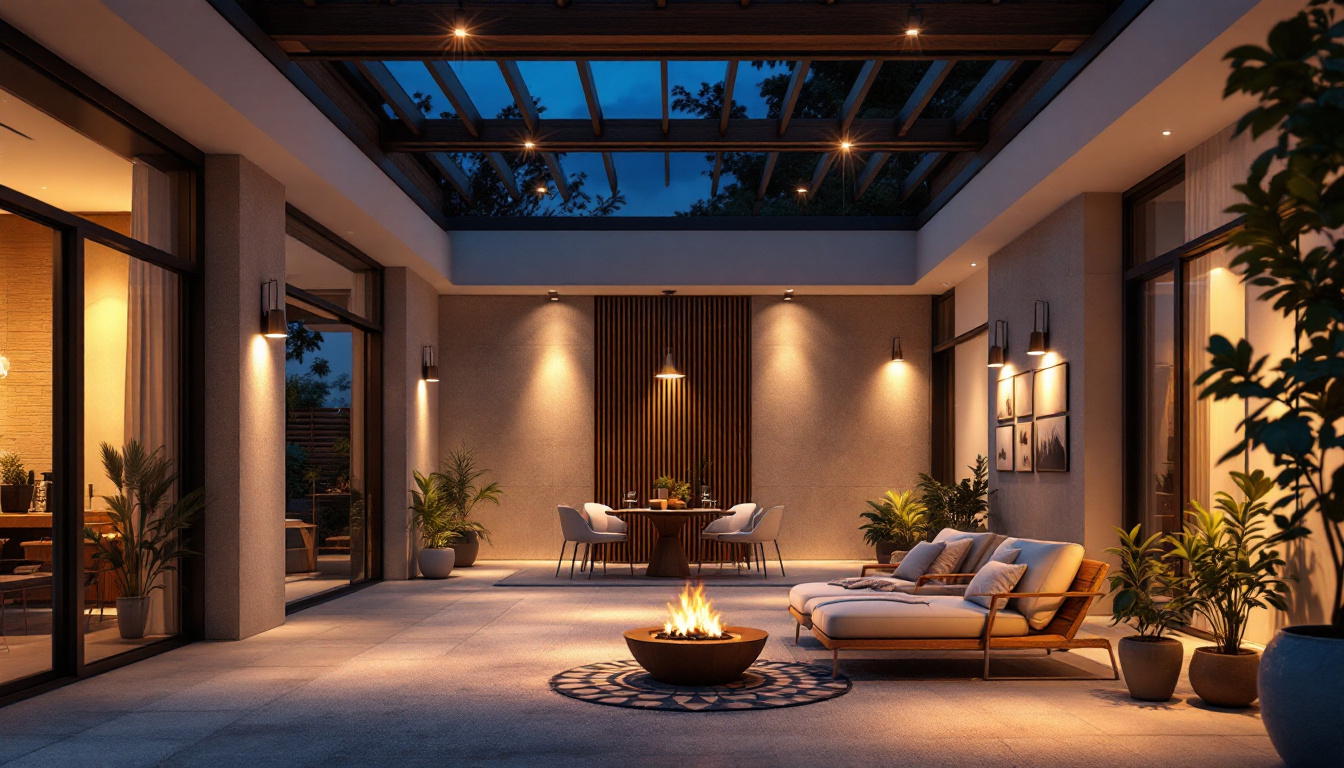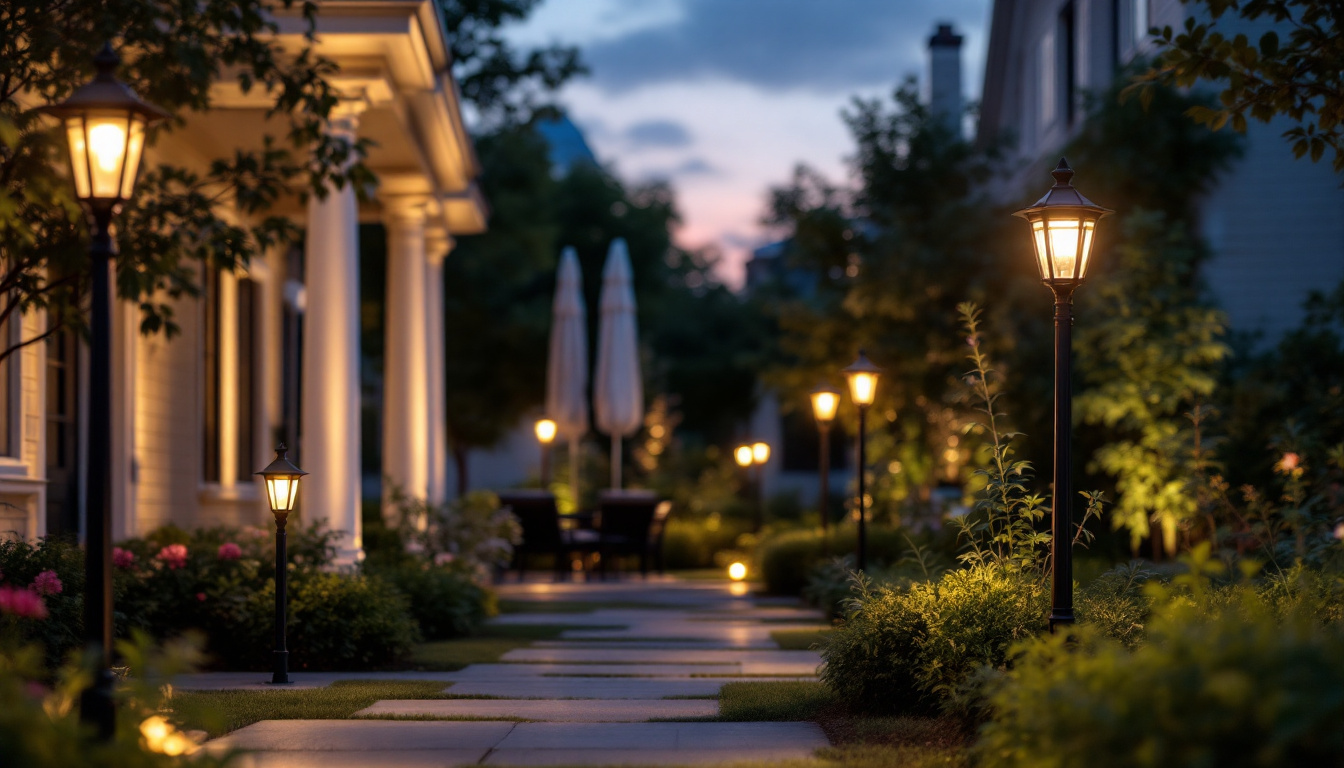

Pot lights, also known as recessed lights, have gained immense popularity in modern lighting design. They provide a sleek, unobtrusive way to illuminate spaces while offering flexibility in design and functionality. However, the trim of a pot light plays a crucial role in both aesthetics and performance. Understanding the various types of pot light trims can help lighting contractors make informed choices that enhance their projects.
There are several types of pot light trims available, each serving different purposes and design preferences. The most common types include baffle, reflector, and adjustable trims. Baffle trims are designed with ribbed interiors to reduce glare and enhance light distribution, making them ideal for general lighting. Reflector trims, on the other hand, have a shiny surface that maximizes brightness, perfect for task lighting in kitchens or workspaces.
Adjustable trims offer versatility, allowing contractors to direct light where it is most needed. This feature is particularly beneficial in spaces with architectural details or artwork that require focused illumination. By understanding these options, contractors can tailor their lighting solutions to meet the specific needs of their clients. Additionally, there are also specialty trims such as shower trims, which are designed to withstand moisture, making them suitable for bathrooms, and wall-wash trims that provide a soft, even light across walls, enhancing the overall ambiance of a room.
When selecting pot light trims, it is essential to consider the space’s function and design. For instance, in a living room, a baffle trim might be preferable for creating a warm, inviting atmosphere, while a reflector trim may be more suitable for a kitchen where bright, focused light is necessary. Additionally, the ceiling height and color can influence the choice of trim. Darker ceilings may benefit from lighter trims to reflect more light, while higher ceilings can accommodate deeper trims that create a more dramatic effect.
Contractors should also take into account the overall design style of the space. Modern, minimalist designs may call for sleek, low-profile trims, while traditional spaces might benefit from decorative trims that add character. Furthermore, the finish of the trim can significantly impact the room’s aesthetic; for example, a matte finish may lend a more subdued and sophisticated look, while a polished chrome finish can add a touch of contemporary elegance. By aligning the trim choice with the client’s vision, contractors can enhance both the functionality and aesthetics of the lighting installation. Moreover, considering energy-efficient options, such as LED trims, not only contributes to sustainability but also reduces long-term energy costs, making it a wise choice for eco-conscious clients.
Proper installation of pot light trims is crucial for achieving optimal performance and appearance. Lighting contractors must be well-versed in various installation techniques to ensure a seamless integration of the fixtures into the ceiling.
Before installation, thorough planning is essential. Contractors should assess the layout of the space, considering factors such as ceiling height, room dimensions, and existing electrical infrastructure. Marking the locations for the pot lights in advance can help visualize the final outcome and ensure even spacing.
Additionally, it is important to check local building codes and regulations regarding recessed lighting installation. Compliance with these standards not only ensures safety but also enhances the overall quality of the installation. Understanding the specific requirements for insulation and fire safety can also guide the selection of appropriate fixtures, ensuring that they are suitable for the intended environment.
The installation process typically involves several key steps. First, the contractor should turn off the power to the circuit where the pot lights will be installed. Next, cut the appropriate-sized holes in the ceiling, ensuring they align with the marked locations. It’s crucial to use the correct tools and techniques to avoid damaging the surrounding area.
Once the holes are prepared, the contractor can install the housing for the pot lights, securing it properly to the ceiling joists. After connecting the wiring according to the manufacturer’s instructions, the trim can be attached to the housing. Finally, restoring power and testing the lights will confirm that everything is functioning correctly. It is also advisable to conduct a final inspection of the installation to ensure that the trims are flush with the ceiling and that there are no visible gaps, which can detract from the overall aesthetic appeal.
Moreover, selecting the right type of trim can significantly impact the lighting effect and ambiance of the room. Options such as adjustable trims allow for directional lighting, which can highlight specific areas or features within a space. On the other hand, baffle trims can help reduce glare and create a softer light, making them ideal for living areas or bedrooms. Understanding these nuances can help contractors make informed decisions that cater to the specific needs and preferences of their clients.
Energy efficiency is a significant consideration in modern lighting design. Pot light trims can play a vital role in enhancing the energy efficiency of a lighting system, benefiting both the contractor’s reputation and the client’s utility bills.
One of the most effective ways to improve energy efficiency is by utilizing LED technology in pot lights. LED bulbs consume significantly less energy than traditional incandescent or halogen bulbs while providing the same level of brightness. Additionally, many LED options are now available with various color temperatures, allowing contractors to create the desired ambiance in any space.
Moreover, LED trims often come with integrated dimming capabilities, enabling clients to adjust the brightness according to their needs. This feature not only enhances comfort but also contributes to further energy savings, making it an attractive option for environmentally conscious clients.
Another critical aspect of energy efficiency is proper insulation and air sealing around pot light trims. Unsealed fixtures can lead to significant energy loss, as conditioned air escapes through gaps in the ceiling. Contractors should ensure that the trims are installed with appropriate insulation materials and sealing techniques to minimize air leakage.
Using IC-rated (Insulation Contact) trims can also help prevent overheating and potential fire hazards. These trims are designed to be in direct contact with insulation, ensuring safety and efficiency. By prioritizing insulation and sealing, contractors can enhance the energy performance of their lighting installations.
The world of lighting design is continually evolving, with new trends emerging that influence the selection of pot light trims. Staying updated on these trends can help contractors offer innovative solutions that resonate with clients.
Minimalism has become a dominant trend in interior design, and pot light trims are no exception. Sleek, low-profile trims that blend seamlessly into the ceiling are increasingly popular. These designs create a clean, uncluttered look, allowing the lighting itself to take center stage.
Contractors can also explore trims with matte finishes or subtle textures, which can add depth without overwhelming the space. This minimalist approach appeals to clients seeking a modern, sophisticated aesthetic.
As technology advances, the integration of smart lighting systems into pot light trims has gained traction. Clients are increasingly interested in controlling their lighting through mobile apps or voice-activated devices. Contractors should familiarize themselves with the latest smart lighting solutions to offer clients a comprehensive lighting experience.
Smart trims often come with features such as programmable schedules, color-changing capabilities, and remote access, enhancing convenience and energy efficiency. By incorporating smart technology into pot light trims, contractors can provide cutting-edge solutions that meet the demands of today’s tech-savvy clients.
Even experienced lighting contractors can encounter pitfalls during the selection and installation of pot light trims. Being aware of common mistakes can help ensure a successful project and satisfied clients.
One common mistake is failing to consider the ceiling height when selecting pot light trims. In spaces with lower ceilings, using deep trims can create an overwhelming effect, while shallow trims may not provide adequate illumination. Contractors should carefully evaluate the ceiling height and choose trims that complement the space.
Additionally, spacing between pot lights is crucial. Placing them too close together can result in excessive brightness, while too much distance can create dark spots. A well-planned layout is essential for achieving balanced lighting throughout the area.
Another mistake is overlooking the client’s preferences and design vision. While contractors may have expertise in lighting design, it is vital to engage clients in the decision-making process. Understanding their needs and preferences can lead to a more successful outcome and a satisfied client.
Regular communication and collaboration throughout the project can help ensure that the final result aligns with the client’s expectations. By prioritizing client input, contractors can foster positive relationships and enhance their reputation in the industry.
Pot light trims are a vital component of modern lighting design, offering both functionality and aesthetic appeal. By understanding the various types of trims, installation techniques, energy efficiency measures, and emerging trends, lighting contractors can elevate their projects and meet the diverse needs of their clients.
Moreover, avoiding common mistakes and prioritizing client preferences can lead to successful installations and lasting relationships. As the lighting industry continues to evolve, staying informed and adaptable will be key for contractors looking to thrive in this dynamic field.
Incorporating these approaches will not only enhance the quality of lighting installations but also position contractors as trusted experts in the realm of pot light trims. Embracing innovation and focusing on client satisfaction will ultimately lead to a brighter future for lighting professionals.
Ready to take your lighting projects to the next level? At LumenWholesale, we provide lighting contractors with the finest selection of pot light trims and spec-grade lighting products. Our commitment to quality, combined with unbeatable wholesale prices, means you can equip your projects with the best lighting solutions while maximizing your budget. Say goodbye to middleman markups and hello to hassle-free bulk purchases with free shipping. Elevate your lighting installations today and give your clients the exceptional results they deserve. Discover the ideal fusion of quality, value, and convenience at LumenWholesale – Wholesale Lighting at the Best Value.

Discover essential tips and best practices for lighting contractors on installing outdoor LED ceiling lights.

Discover the essentials of lighting light fixtures with our comprehensive guide tailored for lighting contractors.

Discover how under-cabinet lighting transforms kitchen aesthetics and functionality, and learn why it’s a game-changer for lighting contractors.

Discover essential insights into outdoor post lights that every lighting contractor should know.
Get notified when NEW deals are released.
Optimize your budget with wholesale discounts.
Only top-quality, specification-grade lighting products.
No additional costs at checkout - what you see is what you pay.
We understand the unique needs of contractors.